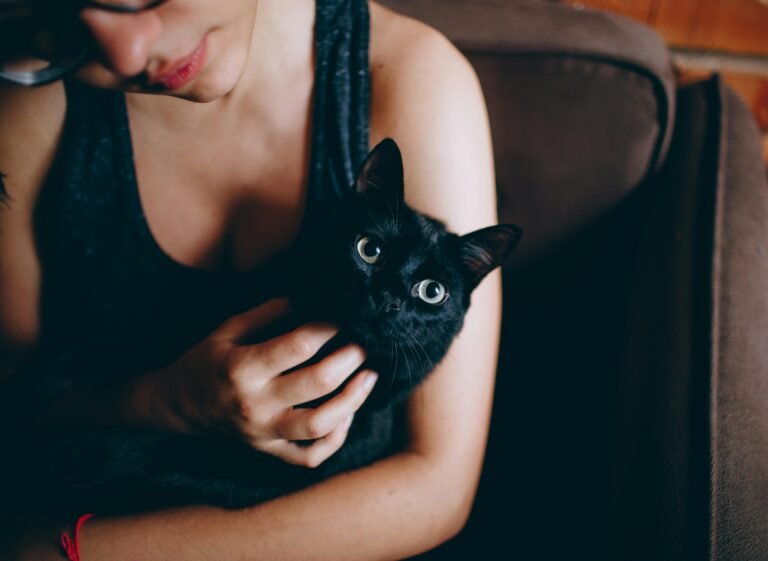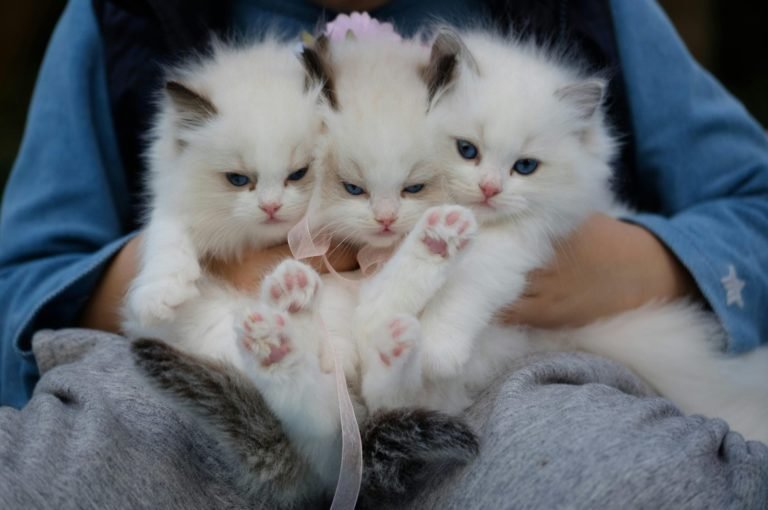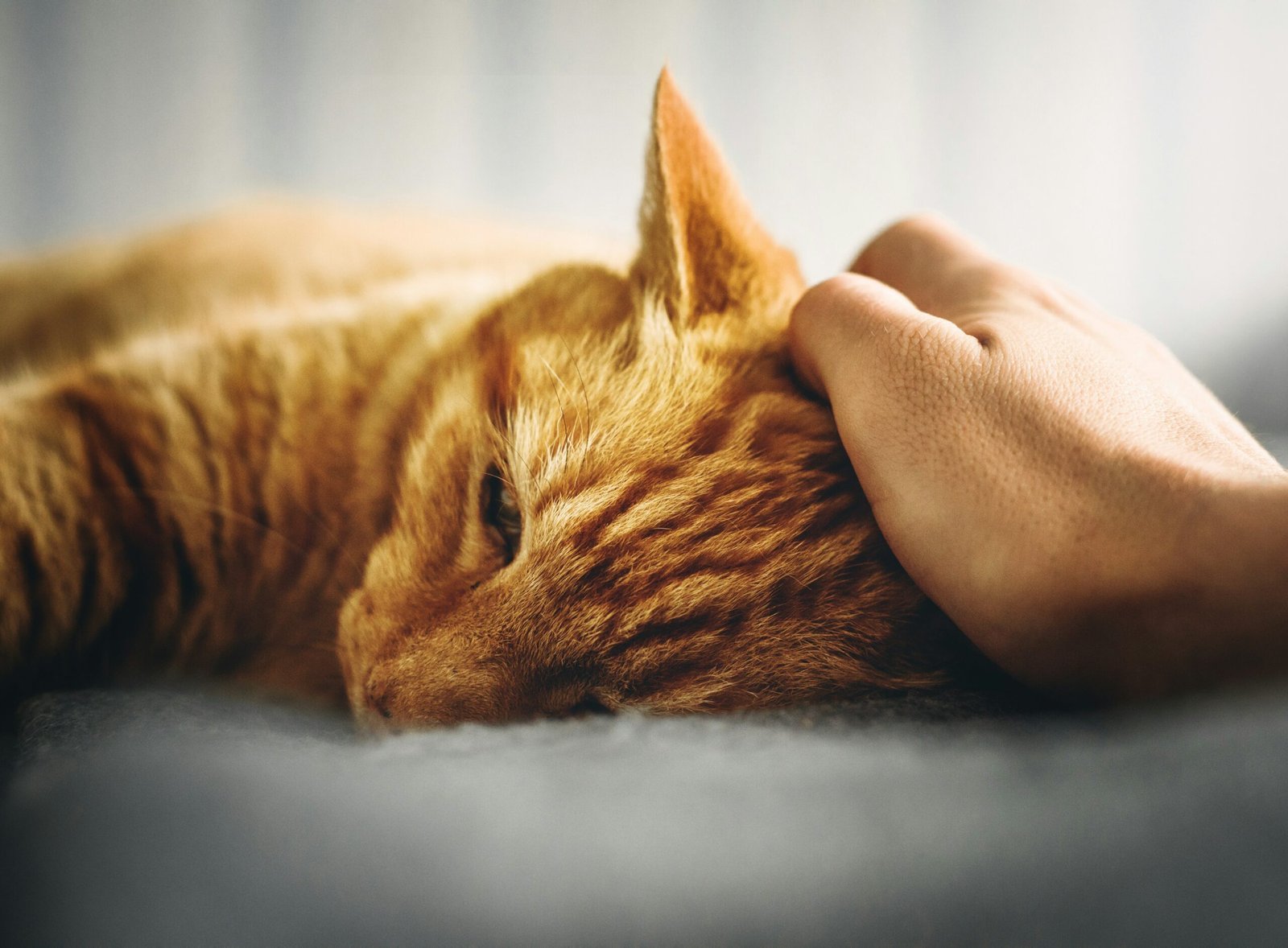
As cat lovers, we want our furry friends to be happy and healthy. But just like humans, cats can get sick, too. Understanding common cat diseases and cat illnesses can help us take better care of our feline companions. In this comprehensive guide, we’ll explore some of the most frequent health issues cats face, how to spot them, and what we can do to help our kitties feel better.
Cats are known for their independent nature and ability to hide signs of illness. This nature makes it crucial for cat owners to be aware of the various cat illnesses that can affect their pets. By learning about common cat diseases, we can become more vigilant and catch potential health problems early on.
We’ll discuss the signs and symptoms of these common cat diseases, helping you recognize when your feline friend might be under the weather. We’ll also provide practical advice on how to care for a sick cat and when it’s time to seek veterinary help.
So, let’s dive into the world of cat health and explore these common cat illnesses together.
Whether you’re a new cat owner or have had feline companions for years, there’s always more to learn about keeping our purring pals in tip-top shape!
15 Common Cat Diseases
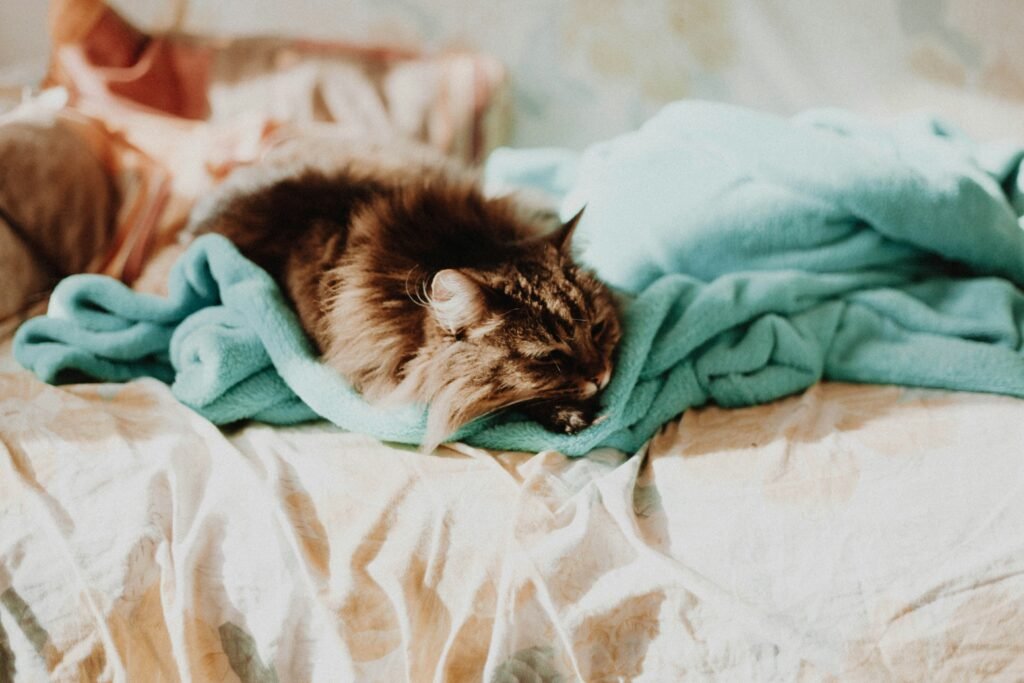
As cat lovers, we want our furry friends to be happy and healthy. But just like humans, cats can get sick, too. Understanding common cat diseases and cat illnesses can help us take better care of our feline companions.
Now, we’ll explore some of the most frequent health issues cats face, how to spot them, and what we can do to help our kitties feel better.
1. Upper Respiratory Infections
One of the most common cat diseases is upper respiratory infections. Think of these as cat colds. Just like when we get the sniffles, cats can catch viruses that make them feel under the weather.
Signs to watch for:
- Sneezing
- Runny nose
- Watery eyes
- Coughing
- Loss of appetite
Viruses cause most upper respiratory infections in cats. While they can make your cat feel yucky, they usually clear up on their own with some time and TLC. However, if your cat stops eating or seems very sick, it’s best to visit the vet. They might need some extra help to get better.
How to help your cat:
- Keep their nose clean with a soft, damp cloth
- Use a humidifier to make breathing easier
- Offer warm, smelly foods to encourage eating
- Give lots of love and attention
2. Feline Lower Urinary Tract Disease (FLUTD)
This disease is a group of cat illnesses that affect the bladder and urethra (the tube that pee comes out of). It’s more common in overweight cats and those who don’t drink enough water.
Signs to watch for:
- Peeing outside the litter box
- Crying when trying to pee
- Licking their private parts a lot
- Small amounts of pee
- Blood in the pee
FLUTD can be serious, especially for male cats. If your cat is having trouble peeing, it’s important to see a vet right away. This trouble could be a sign of a blockage, which is an emergency.
How to help your cat:
- Encourage drinking with a cat fountain or multiple water bowls
- Feed wet food to increase water intake
- Reduce stress in your cat’s environment
- Keep the litter box clean
3. Fleas
While not a disease, fleas are a very common problem for cats. These tiny bugs can make your cat super itchy and uncomfortable. They can also spread diseases and cause allergic reactions in some cats.
Signs to watch for:
- Scratching more than usual
- Little black specks in your cat’s fur (flea dirt)
- Small red bumps on the skin
- Hair loss
- Seeing tiny bugs jumping on your cat
Fleas can be a pain to get rid of, but there are many effective treatments available.
How to help your cat:
- Use a flea comb to check for fleas regularly
- Talk to your vet about the best flea prevention for your cat
- Treat all pets in the house at the same time
- Vacuum often and wash your cat’s bedding
4. Feline Immunodeficiency Virus (FIV)
FIV is like HIV in humans. It weakens a cat’s immune system, making it harder for them to fight off other diseases. It’s most commonly spread through deep bite wounds, usually from fighting with other cats.
Signs to watch for:
- Frequent illnesses
- Swollen lymph nodes
- Weight loss
- Poor coat condition
- Mouth sores
There’s no cure for FIV, but cats with this disease can still live happy lives with proper care.
How to help your cat:
- Keep FIV-positive cats indoors to prevent the spreading of the disease
- Feed a high-quality diet to support their immune system
- Visit the vet regularly for check-ups
- Treat any illnesses promptly
5. Feline Leukemia Virus (FeLV)
FeLV is another virus that affects a cat’s immune system. It’s more serious than FIV and can lead to cancer in some cats. It spreads through close contact with infected cats, including sharing food bowls and grooming each other.
Signs to watch for:
- Pale gums
- Yellow color in the mouth and whites of eyes
- Bladder, skin, or upper respiratory infections
- Poor appetite and weight loss
- Seizures or behavior changes
Like FIV, there’s no cure for FeLV, but supportive care can help infected cats live comfortably.
How to help your cat:
- Keep FeLV-positive cats indoors and away from uninfected cats
- Provide a stress-free environment
- Feed a nutritious diet
- Work closely with your vet to manage symptoms

6. Diabetes
Just like humans, cats can get diabetes too. It’s more common in overweight cats and happens when their body can’t use sugar properly.
Signs to watch for:
- Drinking a lot more water than usual
- Peeing more often
- Always seeming hungry
- Weight loss despite eating a lot
- Lethargy (being really tired all the time)
Diabetes can be managed with proper treatment, usually involving diet changes and insulin injections.
How to help your cat:
- Feed a diet recommended by your vet
- Help your cat maintain a healthy weight
- Give insulin as directed by your vet
- Monitor your cat’s water intake and bathroom habits
7. Hyperthyroidism
This condition is a common disease in older cats where the thyroid gland produces too much thyroid hormone. This hormone makes everything in the bodywork too fast.
Signs to watch for:
- Weight loss despite a good appetite
- Increased thirst and peeing
- Vomiting or diarrhea
- Hyperactivity
- Unkempt coat
Hyperthyroidism can be treated with medication, surgery, or radioactive iodine therapy.
How to help your cat:
- Follow your vet’s treatment plan carefully
- Feed a diet appropriate for cats with hyperthyroidism
- Provide a calm environment to reduce stress
8. Kidney Disease
Kidney disease is common in older cats. The kidneys help remove waste from the blood, so when they’re not working well, cats can feel pretty sick.
Signs to watch for:
- Increased thirst and urination
- Loss of appetite
- Weight loss
- Vomiting
- Bad breath
While kidney disease can’t be cured, it can often be managed to keep cats comfortable.
How to help your cat:
- Feed a kidney-friendly diet as recommended by your vet
- Encourage water intake
- Give medications as prescribed
- Provide a stress-free environment
9. Dental Disease
Many cats develop dental problems as they age. These problems can include gum disease, tooth decay, and painful lesions in the mouth.
Signs to watch for:
- Bad breath
- Drooling
- Difficulty eating
- Pawing at the mouth
- Red or swollen gums
Regular dental care can prevent many of these problems.
How to help your cat:
- Brush your cat’s teeth regularly (if they’ll let you)
- Provide dental treats or toys
- Have your vet check your cat’s teeth during annual exams
- Consider professional dental cleanings as recommended
10. Arthritis
Like humans, cats can develop painful joints as they get older. This condition is called arthritis.
Signs to watch for:
- Difficulty jumping or climbing stairs
- Stiffness, especially after resting
- Limping
- Less grooming
- Grumpiness when touched in certain areas
While we can’t cure arthritis, there are many ways to help cats feel more comfortable.
How to help your cat:
- Provide soft, warm places to sleep
- Use ramps or steps to help them reach their favorite spots
- Talk to your vet about pain medication or supplements
- Consider gentle massage or physical therapy
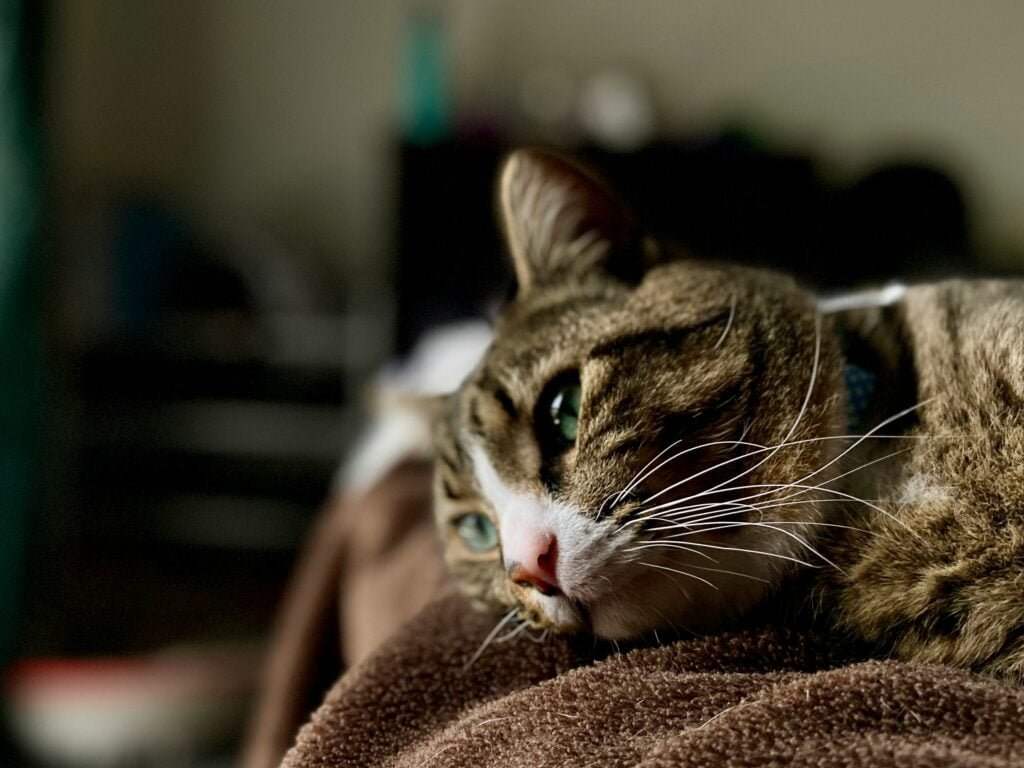
11. Cancer
Unfortunately, cancer can affect cats, too. Many different types of cancer can occur in various parts of the body.
Signs to watch for:
- Lumps or bumps on the skin
- Sores that don’t heal
- Weight loss
- Changes in appetite
- Difficulty breathing
- Lethargy
Early detection is key in treating cancer in cats.
How to help your cat:
- Have regular check-ups with your vet
- Report any unusual lumps or changes in your cat’s behavior
- Follow your vet’s treatment plan, which may include surgery, chemotherapy, or radiation
12. Feline Infectious Peritonitis (FIP)
FIP is a serious viral disease that can affect cats of any age, but it’s most common in young cats.
Signs to watch for:
- Fever that doesn’t respond to antibiotics
- Loss of appetite
- Weight loss
- Breathing difficulties
- Swollen belly
FIP used to be considered fatal, but recent developments in treatment have shown promise.
How to help your cat:
- Work closely with your vet for the most up-to-date treatment options
- Provide supportive care as directed
- Keep your cat’s environment clean and stress-free
13. Pancreatitis
Pancreatitis is inflammation of the pancreas, an organ that helps with digestion and blood sugar regulation.
Signs to watch for:
- Loss of appetite
- Vomiting
- Abdominal pain
- Lethargy
- Fever
Pancreatitis can be serious and requires veterinary care.
How to help your cat:
- Follow your vet’s treatment plan, which may include fluid therapy and medications
- Offer small, frequent meals of easily digestible food
- Keep your cat warm and comfortable
14. Asthma
Yes, cats can get asthma too! It’s a condition that causes inflammation and narrowing of the airways.
Signs to watch for:
- Coughing or wheezing
- Open-mouth breathing
- Rapid breathing
- Difficulty breathing, especially after exercise
Asthma in cats can be managed with medications similar to those used for humans.
How to help your cat:
- Use an air purifier in your home
- Avoid using strong-smelling cleaners or air fresheners
- Give medications as prescribed by your vet
- Reduce stress in your cat’s environment
15. Obesity
While not a disease itself, obesity can lead to many health problems in cats, including diabetes, arthritis, and heart disease.
Signs to watch for:
- Difficulty feeling your cat’s ribs
- No visible waist when viewed from above
- Difficulty grooming
- Reluctance to play or exercise
Helping your cat maintain a healthy weight is crucial for their overall health.
How to help your cat:
- Feed a balanced diet in appropriate portions
- Encourage play and exercise
- Use puzzle feeders to make eating more challenging and fun
- Avoid giving too many treat
Remember, while this guide is informative, it’s not a substitute for professional veterinary care.
Suppose you suspect your cat is suffering from any of these cat illnesses. In that case, it’s always best to consult with your veterinarian for proper diagnosis and treatment.
15 Ways of Preventing Common Cat Diseases
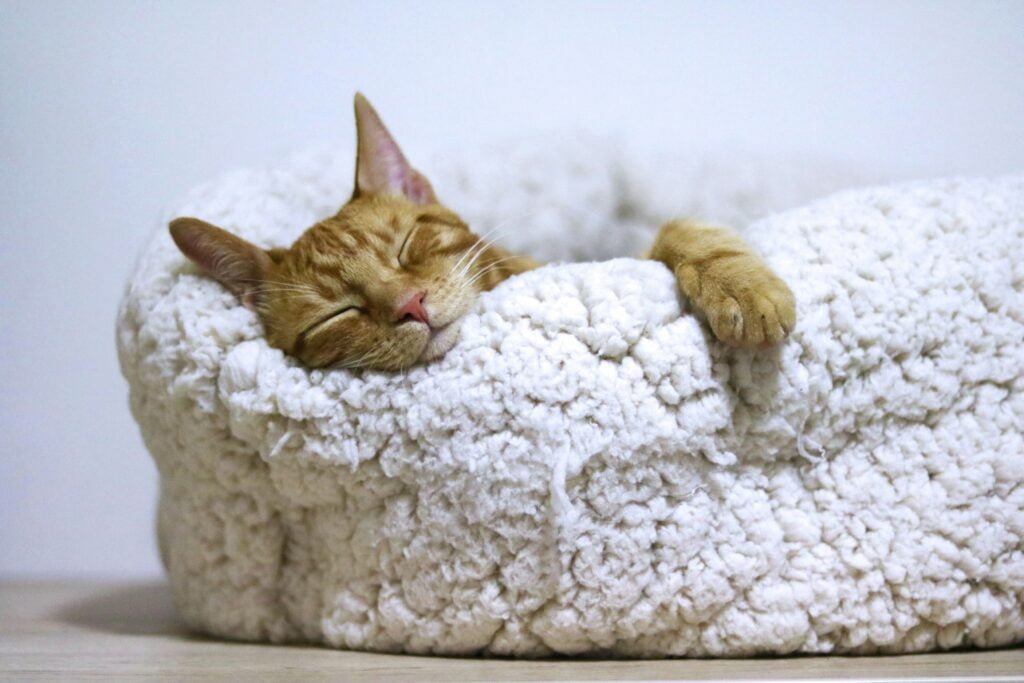
While we can’t prevent all the common cat diseases, there are many things we can do to help keep our feline friends healthy and reduce the risk of common cat diseases. By following these preventive measures, you can significantly improve your cat’s overall health and potentially avoid many common cat illnesses:
Regular Vet Check-ups to Prevent Common Cat Diseases
Annual exams are crucial in catching common cat diseases early when they’re easier to treat. During these visits, your vet can perform physical examinations, blood tests, and other screenings to detect cat illnesses before they become severe. Don’t wait for signs of sickness – regular check-ups can prevent many health issues from developing or worsening.
Vaccinations for Protection Against Common Cat Diseases
Keeping your cat up-to-date on vaccines can prevent many serious cat diseases. Core vaccines protect against common and potentially fatal cat illnesses like feline panleukopenia, feline calicivirus, and feline herpesvirus. Your vet may also recommend non-core vaccines based on your cat’s lifestyle and risk factors. Staying current with vaccinations is one of the most effective ways to prevent certain common cat diseases.
Proper Nutrition to Fend Off Common Cat Diseases
Feed a balanced, age-appropriate diet to support your cat’s health and immune system. Good nutrition is key in preventing many common ct diseases related to obesity, diabetes, and other health issues. Consult with your vet to choose the best diet for your cat’s specific needs, considering factors like age, weight, and any existing health conditions.
Dental Care to Ward Off Common Cat Diseases
Regular teeth brushing and dental check-ups can prevent painful dental diseases, which are among the most common cat illnesses. Dental problems can lead to more serious health issues if left untreated. Brush your cat’s teeth regularly (if they allow it) and provide dental treats or toys designed to promote oral health.
Parasite Prevention to Protect from Common Cat Diseases
Use flea, tick, and worm prevention as recommended by your vet. Many common cat diseases are caused by or transmitted by parasites. Regular prevention can protect your cat from illnesses like tapeworms, heartworm disease, and tick-borne diseases.
Indoor Living
Keeping cats indoors reduces their risk of injuries, parasites, and exposure to many common cat diseases. Indoor cats are less likely to encounter infectious diseases from other animals or pick up parasites from the environment. If your cat does go outdoors, supervise their time or create a safe, enclosed outdoor space.
Environmental Enrichment
Provide toys, scratching posts, and climbing opportunities to keep your cat mentally and physically active. A stimulating environment can help prevent stress-related cat illnesses and keep your cat at a healthy weight, reducing the risk of obesity-related diseases.
Stress Reduction
Create a calm environment and stick to routines to reduce stress-related health issues. Chronic stress can weaken your cat’s immune system, making them more susceptible to common cat diseases. Provide hiding spots, maintain a consistent routine, and use pheromone diffusers if needed to create a relaxing atmosphere for your cat.
Weight Management to Prevent Common Cat Diseases
Help your cat maintain a healthy weight through proper diet and exercise. Obesity can lead to many cat illnesses, including diabetes, arthritis, and heart disease. Monitor your cat’s food intake, provide opportunities for play and exercise, and consult with your vet about the ideal weight for your cat.
Grooming
Regular brushing can help you spot skin problems early and strengthen your bond with your cat. Grooming sessions allow you to check for lumps, bumps, or changes in your cat’s skin or coat that could indicate common cat diseases. It also helps distribute natural oils through the coat, promoting skin health.
Hydration
Ensure your cat always has access to fresh, clean water. Proper hydration is crucial in preventing urinary tract infections and other cat illnesses related to the urinary system. Consider using a cat water fountain to encourage drinking.
Litter Box Hygiene
Keep litter boxes clean and easily accessible. Poor litter box hygiene can lead to urinary tract infections and other cat illnesses. Scoop daily and perform a deep clean regularly to maintain a healthy environment for your cat.
Regular Exercise to Ward Off Common Cat Diseases
Encourage daily play sessions to keep your cat physically active. Regular exercise helps maintain a healthy weight, reduces stress, and can prevent many common cat diseases associated with a sedentary lifestyle.
Mental Stimulation
Provide puzzle feeders, interactive toys, and opportunities for your cat to observe the outdoors safely (like a cat tree near a window). Mental stimulation is important for preventing stress-related cat illnesses and keeping your cat happy and healthy.
Know Your Cat’s Normal to Detect Common Cat Diseases
Familiarize yourself with your cat’s normal behavior, eating habits, and physical appearance. This knowledge will help you quickly identify any changes that might indicate common cat diseases, allowing for early intervention.
Remember, prevention is always better than cure when it comes to your feline friend’s health.
While these steps can go a long way in keeping your cat healthy, they don’t replace professional veterinary care. Always consult with your vet for personalized advice on preventing cat illnesses and maintaining your cat’s overall health.
When to See a Vet for Common Cat Diseases
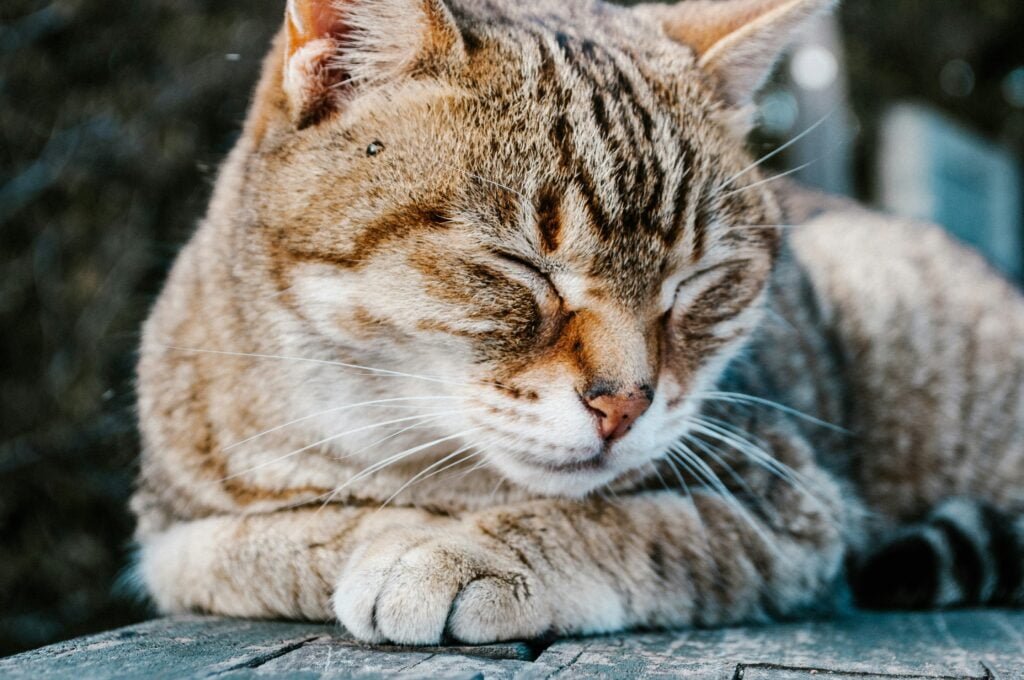
While this guide covers many common cat diseases, it’s important to remember that cats are masters at hiding illness. Any changes in your cat’s behavior, appetite, or bathroom habits could be a sign of a health problem. If you’re ever unsure about your cat’s health, it’s always best to consult with your veterinarian.
Some signs that warrant an immediate vet visit include:
- Not eating for more than 24 hours
- Difficulty breathing
- Extreme lethargy
- Vomiting or diarrhea that lasts more than a day
- Any sign of pain
- Sudden changes in behavior
- Straining to urinate
Remember, you know your cat best. If something doesn’t seem right, trust your instincts and seek professional help.
Conclusion
Understanding common cat diseases and cat illnesses is an important part of being a responsible pet owner. By knowing what to look out for and how to provide basic care, we can help our feline friends live longer, healthier lives.
Remember, prevention is always better than cure, so regular vet check-ups, good nutrition, and lots of love go a long way in keeping your cat healthy and happy.
Every cat is unique, and their health needs can vary based on factors like age, breed, and lifestyle. Always work closely with your veterinarian to create the best health plan for your individual cat.
With proper care and attention, we can help our cats avoid many common health issues and enjoy many years of purrs and cuddles.

